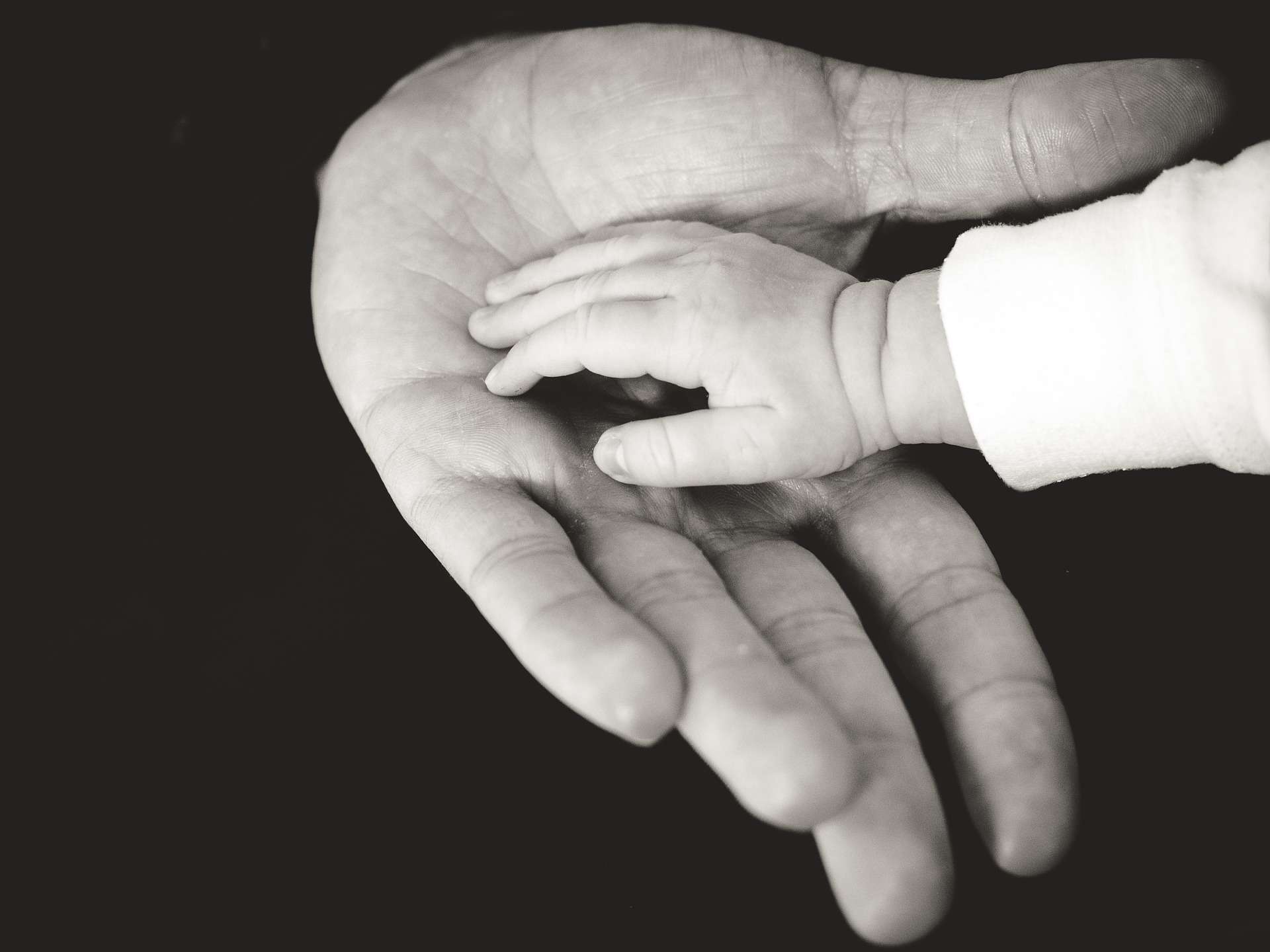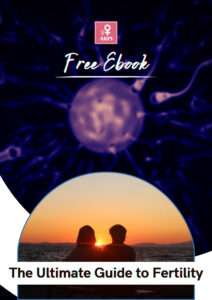In vitro fertilization (IVF) is the latest and the most effective type of assisted reproductive technology (ART) which is helping women in conceiving, and getting pregnant. IVF is also referred to as the test tube baby process. In other words, it is a fertility treatment that aims to help women with genetic problems or challenges in conceiving a child, attain motherhood. This post aims to share the latest about stages in IVF treatment; and readers can preview the IVF cost section for related information. But before proceeding, it is important to highlight why IVF is regarded as one of the most effective forms of assisted reproductive technology. The IVF procedure allows donor eggs, or donor sperm, or donor embryos in case the female partner or male partner cannot provide themselves. This becomes increasingly important for couples or single parents who are unable to procreate naturally due to medical reasons or otherwise. So if you are concerned about your fertility challenges, your doctor can help you understand how the IVF procedure works. You can also discuss any potential risks and whether there are any other alternative methods more suitable for your situation.
The In Vitro Fertilization Process
The IVF procedure usually includes 5 steps. And the IVF success rate depends on multiple health and age related factors of participating couples. Discuss with your doctor, the chances of success of your IVF process.
1st step:
The IVF specialist will prescribe some fertility medicines to stimulate the production of eggs. Because, multiple eggs will be required so as to enable selection and utilization of the healthiest ones after retrieval. The doctors will also examine your ovaries and take blood tests to check various parameters, like your hormone levels.
2nd step:
At this stage, your doctor will retrieve the eggs from the ovaries, trans-vaginally. This will be done through a minor surgical procedure wherein the doctor will administer sedative medication to reduce the discomforts, if any. While the sperm will be collected from the male partner on the same day.
3rd step:
The retrieved eggs and sperms are then combined in the lab environment and stored in a laboratory dish for fertilization. In some cases, fertilization technique like intracytoplasmic sperm injection (ICSI), may be used. The eggs then go under observation of an embryologist.
4th step:
The embryologist observes the eggs and monitors their growth from to multiple cells. This is to confirm fertilization and cell divisions are taking place at the right direction.
5th step:
When embryos are ready for transfer to the uterus, it is almost three to five days since egg retrieval. The fertility specialist will use a small catheter to place the embryos in the uterine cavity. This is a painless procedure for most women, and within six to ten days the implantation takes place. Your doctor will schedule a visit to the clinic after this duration to take a blood test that will help determine success of the IVF process.
IVF Success Rates in Nashik
The success rate of IVF process will depend on a number of factors. These include the couples medical history, age, the causes of infertility, and other lifestyle based factors. Read the following articles for more information on how to improve success rates.
Key Factors For Success Of IVF Fertility: Expectations Vs Reality
The True Cost Of A Successful IVF Procedure
IVF Success Rate: 35 Years And 5 Million Babies
Demystified: 3 Big IVF Myths Linked To IVF Costs
Want to Know More?
It is advisable to consult with your doctor for more information about ivf process.


